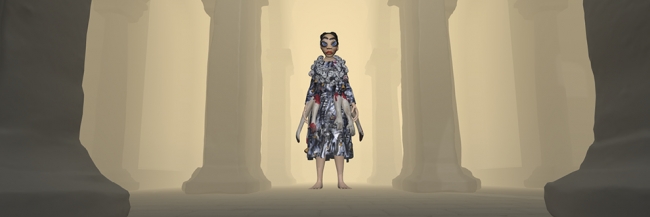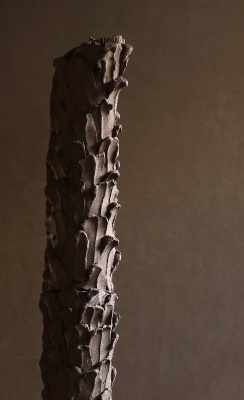Descripción de la Exposición
Artistas: Caterina Plenzick & Katrin Krupka, Gonçalo Campos, Sam Baron, Sónia Soeiro, Ana Rita Campos, Filipa Silva, Sónia Domingos.
The ARQUIPÉLAGO – Contemporary Arts Center will host the exhibition How to Build an Island – Úterus Azorica under the curatorship of Bernardo Rodrigues within the Use&Abuse’s contest, an initiative of PICA – Creative Industries Platform of the Azores, which sets its goal in reinventing and reimagining the endogenous resources of the Azores such as rocks, fibers, sole and wood, ensuring their sustainable use and shaping them into something other than the obvious so they can bring along more value to the archipelago.
How to Build an Island – Úterus Azorica
” 1- The first settlers of the Azores brought with them, in the boats they used to journey across the Atlantic, the idea of the houses they used to live in: in Alentejo, in Flanders and in Brittany. They arranged them in rows along the coast, always facing the land, protected from the dangers of the sea: long umbilical cords on a sublime but otherwise harsh landscape. Nature as paradise and entrails. Maternal ancestry.
2- The evidence for an uncontrolled social acceleration guided by a velocity of senses that is increasingly difficult to placate are the symptoms of a contemporary unease that affects us all. As a counterpoint to all this, German sociologist Hartmut Rosa proposes a Resonance of concrete things as a spectrum for a reunion with the world, with time, with the value of experience and with a temporality that puts life back at the center of things.
3- Showcasing the works by the winners and participants of the four design competitions organized by the LREC to promote Azorean rock, wood, soils and fibers, this exhibition suggests applying these ideas and knowledge, using endogenous materials in building and construction projects. Against accelerated and devalued oversimplifications.
The show highlights a chain of relationships and resonances between the raw materials and their extraction, working with them while summoning their history and associated know-hows, delivering them into the world of science, academia and advanced industries in a visionary and intelligent dance. An alphabet of survival and prosperity.
4- The promises of the 20th century left humans somehow deterritorialized, homeless in their cities. The Azorean landscape and population clusters are very sensitive to this.
In the 21st century, we are confronted with the consequences of this split and imbalance, like a leaning table or bed where it is difficult to eat or sleep.
5- How to do it? How to build an island?
Perhaps we need a new gaze, a new perspective on the millennial relationship between humans and nature. A mastery in the use of the natural forces of integration and resonance.
To listen to how the world sings, the music of materials.
An Azorean Uterus. ”

Actualidad, 11 feb de 2020
#loquehayquever en Portugal: realidad virtual internacional en el Museo de Serralves
Por PAULA ALONSO POZA
El museo lisboeta se une a la londinense Acute Art, una plataforma que impulsa el arte de los nuevos medios y el desarrollo tecnológico, para producir una exposición de realidad ...

Exposición. 17 abr de 2025 - 03 sep de 2025 / Centro Cultural Andratx (CCA) / Andratx, Baleares, España

Formación. 08 may de 2025 - 17 may de 2025 / Museo Nacional Centro de Arte Reina Sofía (MNCARS) / Madrid, España